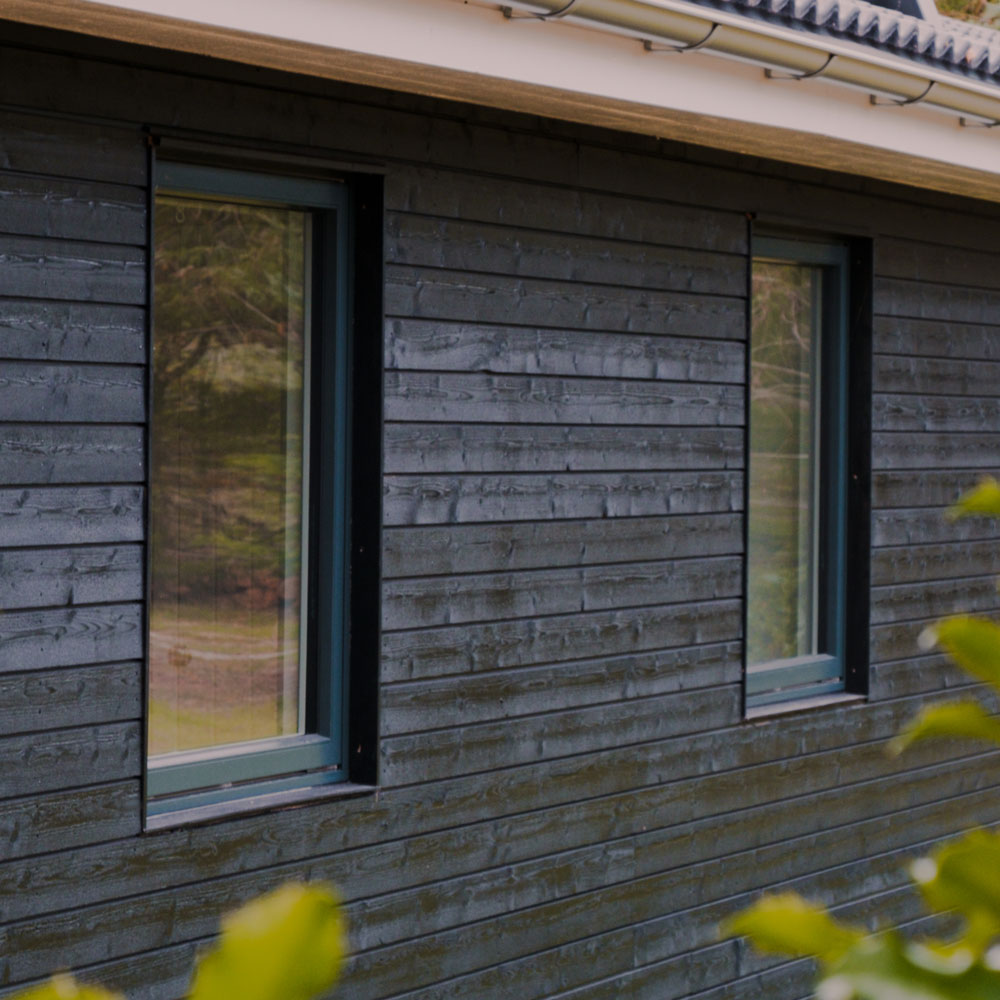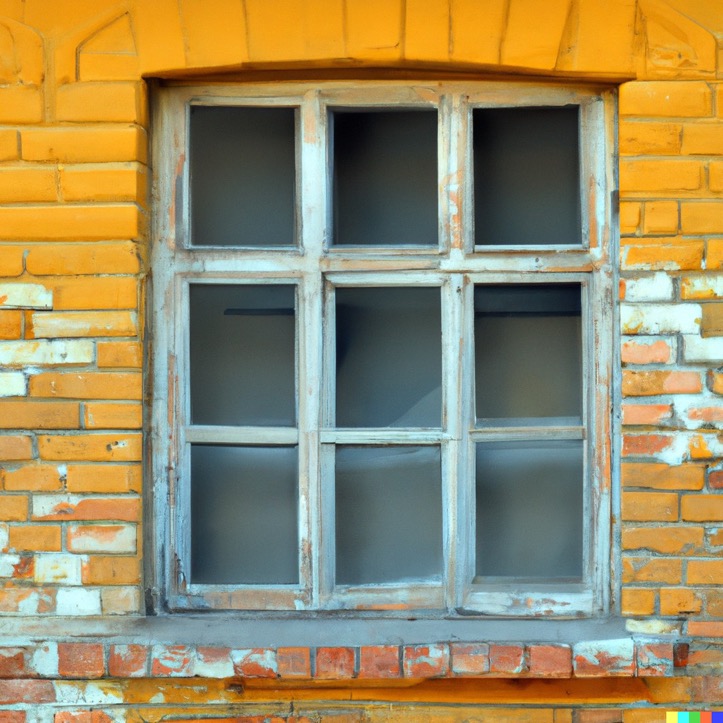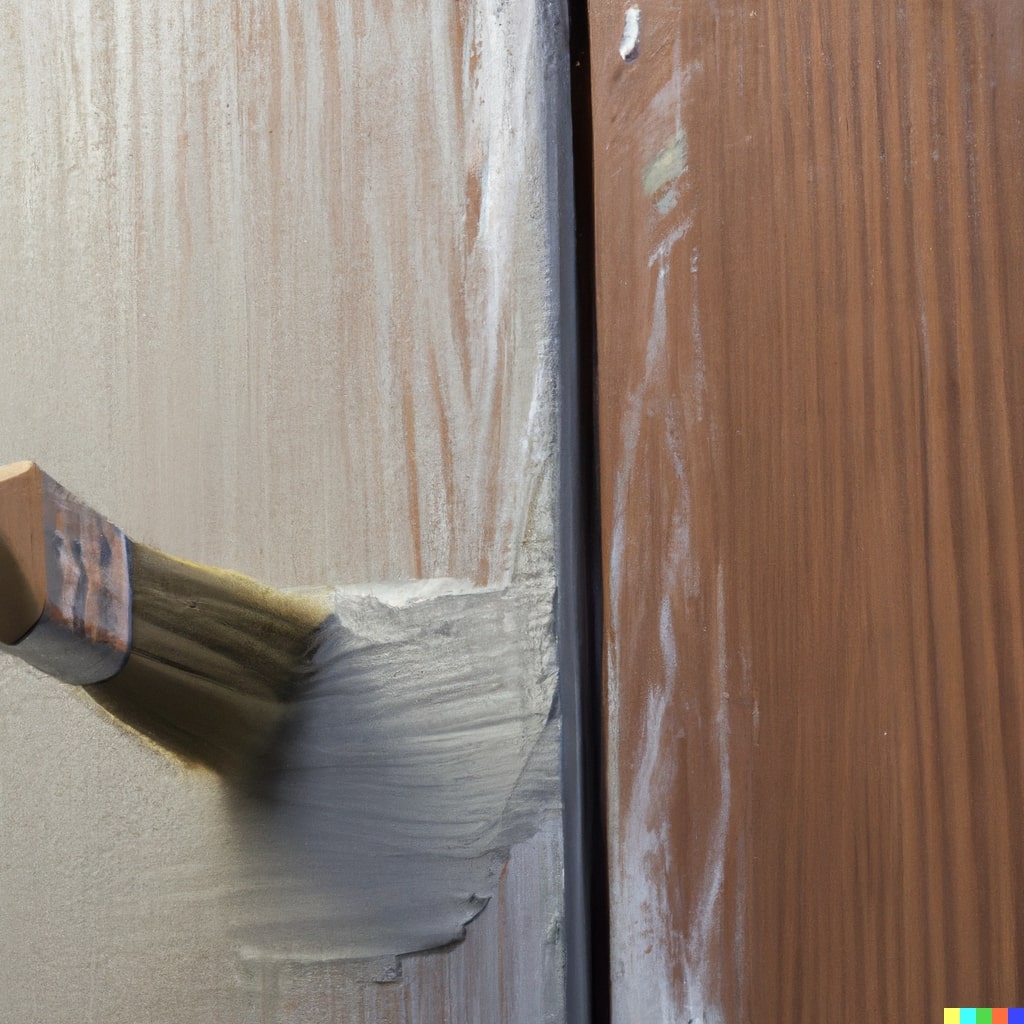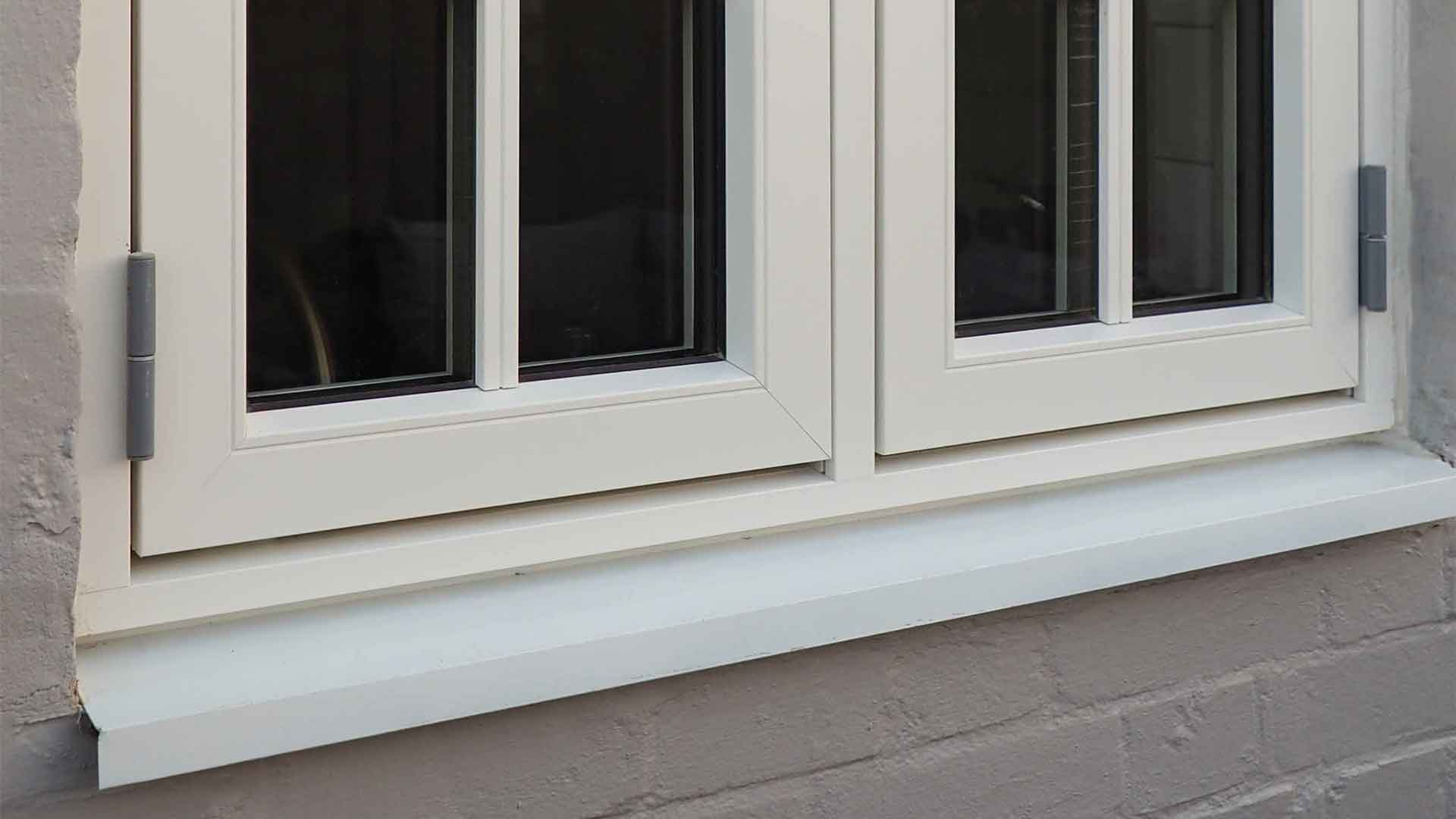
A How-To Guide for Sealing Wooden Windows
Table of content

As any homeowner likely knows, windows are both the aesthetic entry point of light into the home and the primary source for possible air exchange between the indoors and outdoors. While wooden window frames offer sufficient insulation, any gaps around their borders can compromise their efficacy. This means it's an important maintenance target.
Not only will these areas allow air leakage into and out of your home, but they can also permit water penetration, resulting in damage and eventual deterioration of your wooden window frames. Any moisture that is allowed to have prolonged contact with wooden surfaces will eventually cause wood rot and contribute to the disintegration of the windows.
Ways to Stop the Gaps
It shouldn’t take more convincing to understand that regularly inspecting your wooden windows for any gaps or cracks that have formed around them will be well worth your time and money in the long run.
Tip
One best practice when it comes to inspecting wooden windows for gaps, is to do so at major seasonal changes, such as before heavy winter sets in, and when the regular warmth of spring has hit.
Sealing off any entry point of air around your windows will help protect against heat loss and water damage. Some methods used to stop air exchange are:
Storm Windows – This additional window layer can be installed seasonally, covering the entire window surface and thus protecting any gaps.
Weather Stripping – Often used around doors, this adhesive product can also be applied to the bottom sash of opening windows to seal off the crack where air or water could enter.
Caulking Rope – A specialised product that can be used along the gaps between sashes of opening windows during the winter season and then easily removed to open the windows again in the spring.
Caulking Sealants – Applying this type of product around wooden window frames is a simple and effective way to stop any gaps.
Quality Caulking
Choosing the correct caulking for sealing wooden windows is key to the long-term success of such a project. Wood is a breathable, porous material, so it is critical to use a sealant that can establish a good grip on this type of surface.
The two primary types of caulking used on exterior jobs like sealing wooden windows are silicone and polyurethane. Silicone caulking is an extremely durable solution, often lasting 10-20 years, according to Calfeutrage Apex Caulking, and is highly flexible in its application. It dries in a matter of minutes, is fully waterproof and resists crumbling with temperature fluctuations. While typically available in a few different tints, one downside of silicone caulking is its inability to be painted over.
For this feature, you might want to turn to a polyurethane caulk, which can be both trimmed and painted over. It also offers a weatherproof seal that remains intact when exposed to changes in temperature but tends to have a shorter lifespan.
5 Easy Steps to Sealing Wooden Windows
Sealing wooden windows with a well-chosen caulk is a straightforward home improvement project that most homeowners can do themselves. Let’s walk through the five simple steps:
Mind the Gap – remove any old sealant material with a putty knife or silicone removal product to ensure a clean substrate for application.
Fill it Up – before applying caulk, you’ll want to be sure the gap is filled with an insulating material like foam backer rod, pushed in twice as deep as the gap itself.
Tape it Off – use masking tape along the window frame to get a clean edge with your caulking.
Draw the Line – apply a line of caulking in a continuous motion down the length of the window frame with even pressure.
Smooth it Out – using a wetted finger, an ice cube or appropriate tool, smooth the bead of caulking out to ensure it fills the entire gap before the skin sets. Once dry, peel off the tape and admire your finished work.
Tip
To up your chances of success when caulking, make sure the surface of your wooden windows is as smooth as possible to allow for best product adherence. This may mean removing any existing loose paint, sanding and touching up the window frames.
Common Pitfalls
While sealing wooden windows is a relatively easy project to complete that can add significant value to your home experience, some common mistakes people tend to make can compromise the outcome. Take care to avoid these typical missteps:
Using the Wrong Caulk – selecting the wrong sealant can diminish the quality of your work, so be sure to follow our recommendations above.
An Unprepared Work Surface – if you skip cleaning out the old caulking before applying the new, you risk improper adhesion and premature failure of your sealing job.
Improper Applicator – caulking guns are a necessary tool in this process, as they help ensure even, consistent pressure in the application; be sure to hold the caulking at a 45-degree angle to the gap being filled.
Applying too much Product – you may be tempted to just squirt in as much caulk as needed to fill the gaps, but if they are larger than ½ inch wide or deep, it is best to first fill with foam backer rod before topping off with caulking.
Skipping the Smoothing – it is important to complete the last step of smoothing out the sealant to ensure that it fills the gap and results in a neat, professional look.
What Else Can I Do?
Sealing wooden windows in this way can help ensure that as little air as possible is transferred between the inside and outside of your home. Painting wooden windows is another key step in protecting them over the long term and maximising their lifespan.
FAQs
What is the best sealant for wooden windows?
The best sealant for wooden windows is a silicone or polyurethane caulking material that will offer durability and flexibility and safeguard against all types of weather. This will ensure minimal air and water come into contact with your wooden window frames.
How do you keep wooden windows from rotting?
In order to keep wooden windows from rotting, you must ensure that water does not come into contact with the frames over a prolonged period. This requires sealing any gaps that may have formed around the frames with a weatherproof caulking product.
Should you caulk around wood windows?
Yes, it is highly recommended to caulk around wooden windows to prevent water leakages from occurring and damaging the wooden frames. Wood is a breathable, porous material, so the correct sealant must be used that will adhere to this type of surface.



